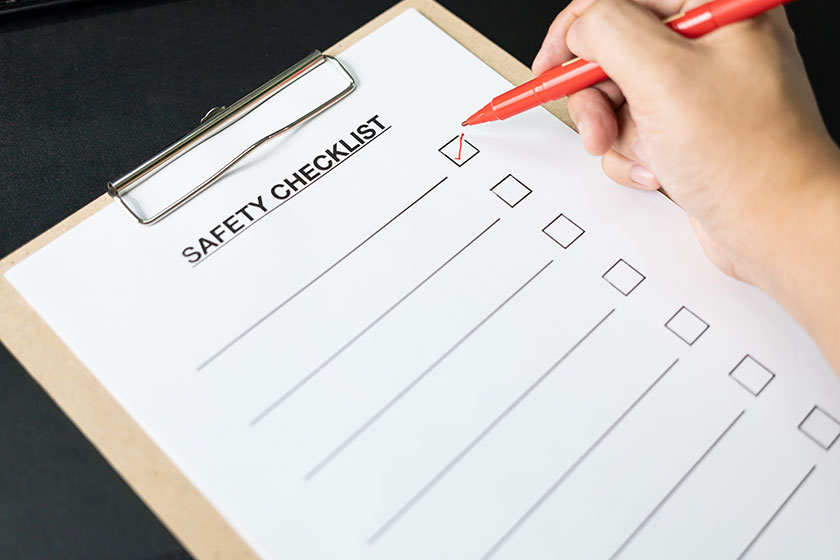
Autism Safety Checklist
Autism is a developmental condition that is often characterized by challenges in social engagement as well as other developmental challenges. The good news is that there are available interventions to help your child develop the skills that they need to eventually live a healthy life. Read on to learn the autism safety checklist to help you take care of your autistic child better.
Wandering Prevention
One of the risks that exist when you are with an autistic child is the risk of wandering off. This may happen while at home or school. It may also happen if the child walks home to or from school.
If you perceive that your child is at risk of wandering off, one of the ways you can mitigate this is by having child-proof locks, which make it difficult for a child to open the door. You may also consider using an ID bracelet with identifying or tracking mechanisms to enable swift identification
Water Safety
If you have a swimming pool at home or if your child is going to be near a water body, it is critical to ensure that they are adequately supervised. Avoid crowded pools, as crowds make it difficult to properly keep an eye on an autistic child.
The noise from the crowds may further serve to disorient the child, putting them at a higher risk. For home pools, ensure that the child has the right flotation safety devices and that the pool is sealed or covered when not in use.
Safe Zones
Whether at home or in school, there should be clearly defined safe zones where the children can congregate in case of an emergency. These zones should be marked for easy identification
Emergency Numbers
Knowing what numbers to call in case of an emergency can save lives and prevent harm. For this reason, help your child understand which numbers to call in case of an emergency. If you have a fixed line at home, you can consider a slip of paper with emergency numbers that the child can call in case of an emergency.
Predictable Routine
Autistic children can sometimes get agitated if they are exposed to an unpredictable routine. It is important to ensure that your child has a well-thought-out routine that is adhered to without fail. This helps to reduce the child’s anxiety and makes the environment a lot safer for them.
Understand Triggers
There are a variety of triggers that can increase anxiety in your autistic child, and these can sometimes lead to meltdowns. Over time, learn the triggers that affect your autistic child and ensure that any environment that the child is in is free of these triggers. These could be loud noises, bright lights, or other extreme sensory inputs.
Why Choose PRISM Learning Center?
At PRISM Learning Center, we understand that your child needs to learn from the best. We use rigorously tested approaches to ensure that your child gets the skills that they need to function independently. Our experts will craft a therapy plan that is designed to take your child’s unique character and personality into consideration.
If you have any inquiries about our ABA therapy services, feel free to contact us today.
